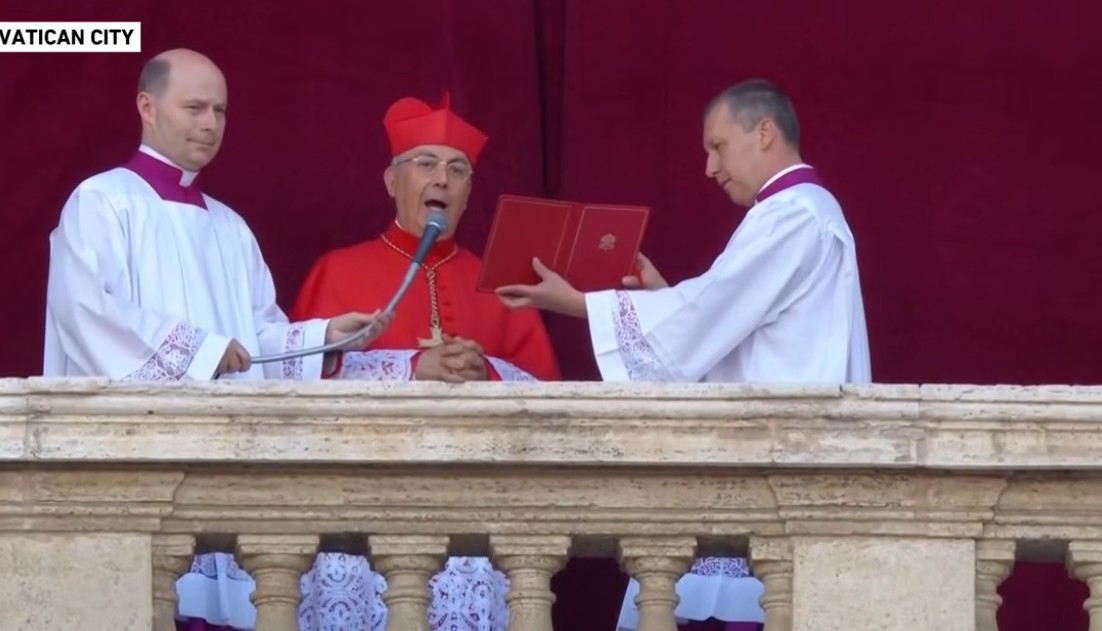
A New Era Dawns: The First American Pope
On a sunlit afternoon in St. Peter’s Square, as white smoke curled above the Sistine Chapel, history was made.
Cardinal Robert Francis Prevost, a Chicago native with deep roots in Peru, stepped onto the balcony and greeted the world as Pope Leo XIV—the first American ever to ascend to the papacy in the Catholic Church’s two-millennia history. The moment was electric, the kind that makes you pause and realize you’re witnessing a seismic shift, not just for the Church, but for global culture and politics.
From Chicago to Chiclayo: A Life Spanning Continents
Prevost’s journey to the papacy is anything but conventional. Born in Chicago in 1955, he grew up in a city known for its grit and diversity. After earning a mathematics degree from Villanova and studying theology in Chicago, he was ordained in 1982. But it was his missionary work in Peru that would define much of his career—and, perhaps, his worldview. He spent decades in Peru, first as a missionary, then as an archbishop in Chiclayo, even becoming a Peruvian citizen along the way.
I remember a Peruvian priest once telling me, “Prevost was the kind of leader who’d share breakfast with you after morning prayers, no matter how busy he was.” That kind of groundedness, that ability to connect across cultures, is rare in any leader—let alone one about to take on the world’s largest religious community.
Breaking the “American Taboo”
For years, Vatican-watchers considered an American pope almost unthinkable. The logic was simple: the United States already wields enormous secular power, and the Church has long been wary of conflating spiritual authority with geopolitical might. Yet, as the College of Cardinals deliberated, Prevost’s global experience and reputation for bridge-building won out. He was, after all, the Vatican’s top official for appointing bishops worldwide—a role that gave him a front-row seat to the Church’s most pressing challenges and a Rolodex that spanned continents.
His election, after just 24 hours of conclave deliberations, signals a willingness among the cardinals to break with tradition and embrace a leader who embodies both American dynamism and Latin American pastoral sensibility. As one Chicago priest put it, “It’s a day of great excitement for Chicago, for the United States, and for the world”.
The Meaning Behind “Leo XIV”
Pope Leo XIV’s choice of name is itself a statement. The last Pope Leo, Leo XIII, was known for his social teachings and efforts to modernize the Church at the turn of the 20th century. By choosing “Leo,” Prevost signals a desire to balance tradition with reform—a nod to history, but also a hint at the kind of papacy he hopes to lead.
In his first words as pope, delivered in Italian and Spanish, he called for “building bridges, peace, and dialogue without fear.” Notably, he didn’t speak in English, perhaps a subtle reminder of his international identity and the global nature of his new role.
A Papacy for a Global Church
Prevost’s background as a missionary and his years in Latin America are likely to shape his approach to the papacy. He’s seen as a centrist—progressive on social issues, especially in his embrace of marginalized groups, but doctrinally conservative in other areas. He presided over one of Pope Francis’s most revolutionary reforms: adding women to the Vatican’s bishop-nomination process. That blend of pragmatism and openness could define his tenure.
The world’s reaction has been swift and celebratory. President Biden, former President Obama, and Chicago’s mayor all sent congratulatory messages, with Obama noting, “This is a historic day for the United States, and we will pray for him as he begins the sacred work of leading the Catholic Church”.
What Comes Next?
The challenges facing Pope Leo XIV are immense: declining church attendance in the West, ongoing abuse scandals, and the need to address poverty and migration globally. But if his past is any indication, he’ll approach these issues with humility, humor, and a willingness to listen.
As I watched the crowds in St. Peter’s Square—pilgrims waving American and Peruvian flags, nuns snapping photos on their phones—I couldn’t help but think: the Church, for all its history, is still capable of surprise. And sometimes, that surprise comes with a Chicago accent and a heart shaped by the Andes.
